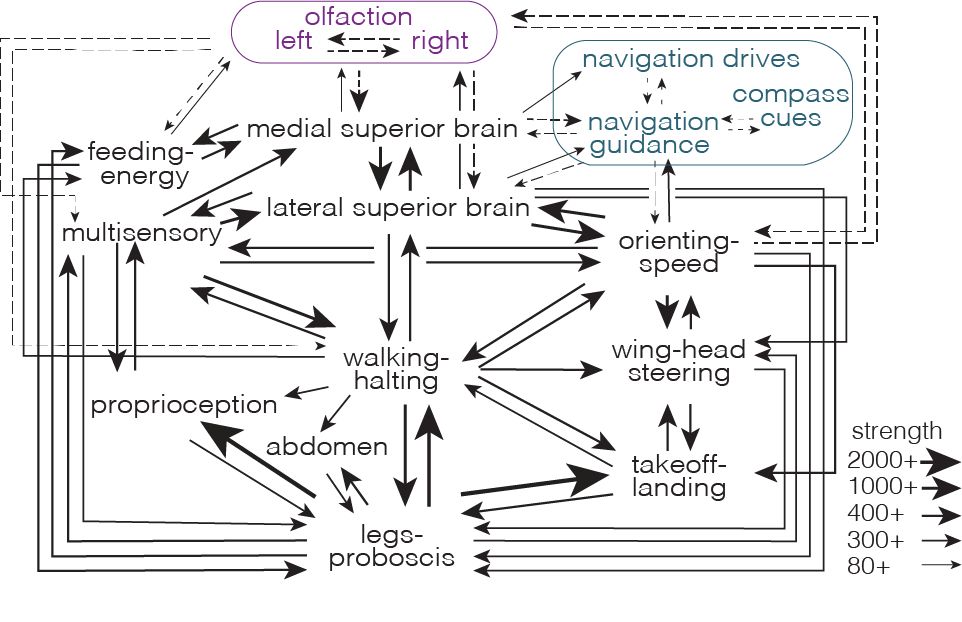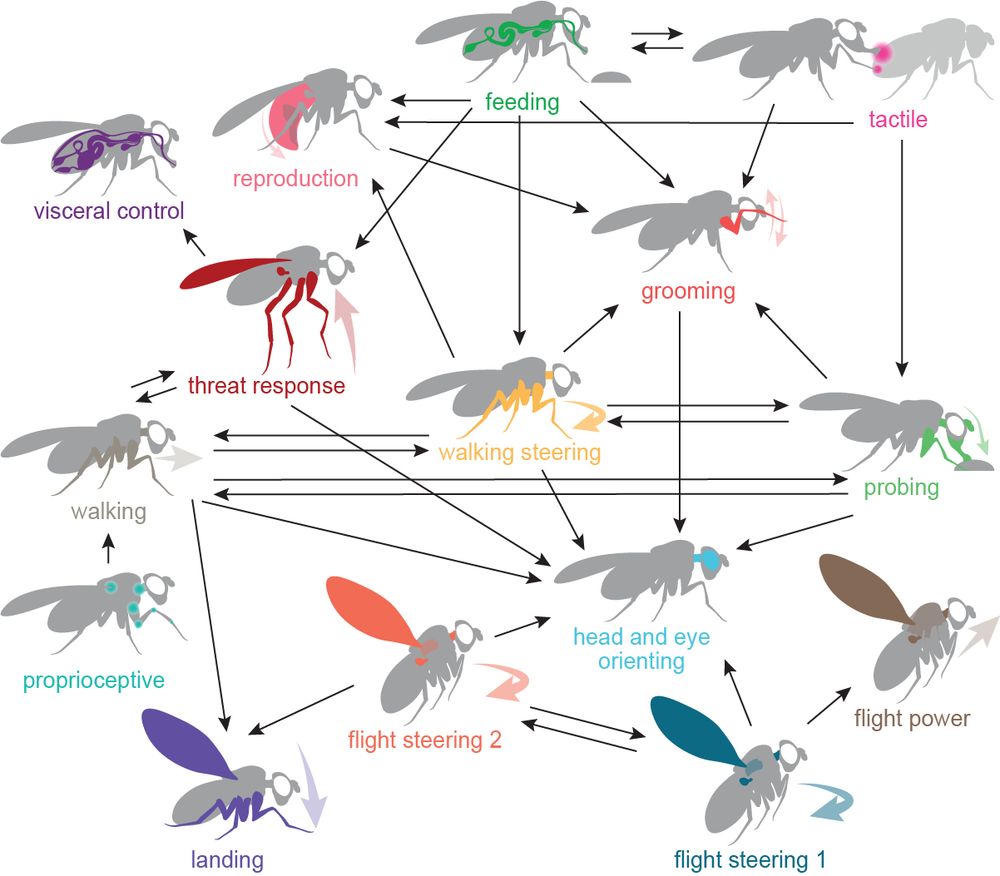@jefferis.bsky.social, Michael Pankratz, @fleyes.bsky.social, & Marie Suver.
Renderings by @amysterling.bsky.social and Arie Matsliah
@jefferis.bsky.social, Michael Pankratz, @fleyes.bsky.social, & Marie Suver.
Renderings by @amysterling.bsky.social and Arie Matsliah



* Local sensorimotor loops linking matched sensors and effectors are basic building blocks of behavioral control.

* Local sensorimotor loops linking matched sensors and effectors are basic building blocks of behavioral control.

Info: banc.community
Data: codex.flywire.ai?dataset=banc
Viewer: ng.banc.community/view
Info: banc.community
Data: codex.flywire.ai?dataset=banc
Viewer: ng.banc.community/view
Preprint: doi.org/10.1101/2025...
🧪#Neuroskyence
Preprint: doi.org/10.1101/2025...
🧪#Neuroskyence






Preprint: doi.org/10.1101/2025...
#Neuroscience #Connectomics #vEM #VectorBiology 🧪

Preprint: doi.org/10.1101/2025...
#Neuroscience #Connectomics #vEM #VectorBiology 🧪

















